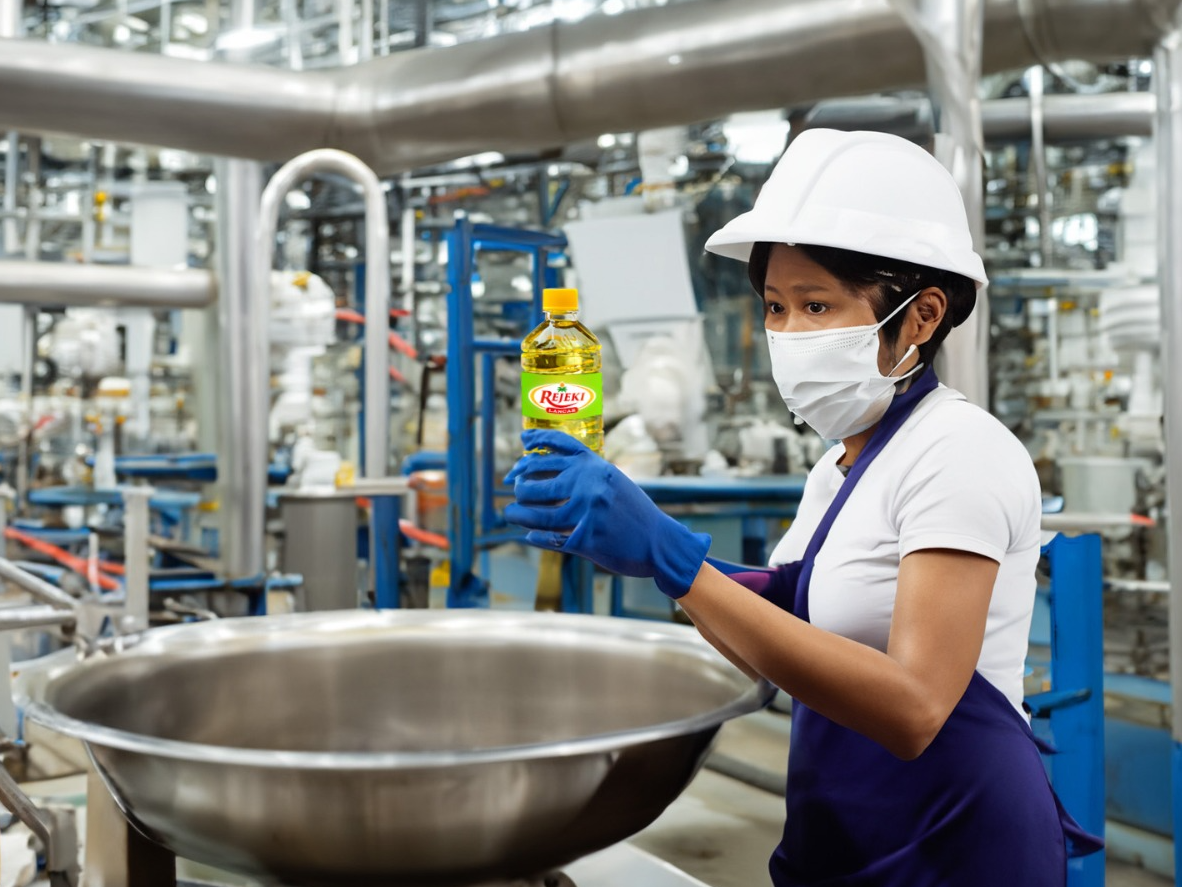Palm oil is a versatile and widely used vegetable oil derived from the fruit of oil palm trees. One of the popular products derived from palm oil is RBD (Refined, Bleached, and Deodorized) palm olein, which is commonly used in cooking, baking, and food preparation. The production of RBD palm olein involves a series of refining processes to ensure its purity, quality, and desirable characteristics. In this article, we will explore the step-by-step process of refining palm oil into RBD palm olein.
Extraction of Crude Palm Oil (CPO): The first stage in the production of RBD palm olein is the extraction of crude palm oil (CPO) from the palm fruit. This process involves sterilization, threshing, digestion, and pressing of the palm fruit to extract the oil-rich mesocarp.
Degumming: Once the CPO is obtained, it undergoes the degumming process to remove impurities such as phospholipids, gums, and trace metals. This process involves adding water to the CPO and heating it, followed by centrifugation to separate the gums from the oil.
Neutralization: After degumming, the CPO goes through the neutralization process. During neutralization, the oil is treated with an alkaline solution, typically sodium hydroxide, to remove free fatty acids (FFA) and other acidic components. This step helps improve the oil's taste, stability, and color.
Bleaching: In the bleaching process, the neutralized oil is treated with bleaching earth or activated carbon to remove impurities such as pigments, residual metals, and oxidation products. The oil is mixed with the bleaching agent and heated, allowing adsorption of unwanted substances. Filtration is then carried out to separate the bleaching agent from the oil.
Deodorization: To eliminate any undesirable odors and flavors, the oil undergoes deodorization. In this process, steam is passed through the oil under vacuum conditions, effectively removing volatile compounds responsible for off-flavors. Deodorization also helps improve the oil's oxidative stability.
Fractionation: Fractionation is the final step in producing RBD palm olein. The oil is chilled to separate the liquid portion (olein) from the solid portion (stearin) based on their different melting points. The resulting RBD palm olein is a clear, golden liquid with a high smoking point and excellent frying properties.
The production of RBD palm olein involves a carefully controlled series of refining processes to ensure the removal of impurities, improve the oil's quality, and enhance its desirable attributes. From the extraction of crude palm oil to the final fractionation step, each stage plays a crucial role in transforming palm oil into RBD palm olein, a widely used and versatile cooking oil. The process ensures that the RBD palm olein meets the desired standards for taste, stability, and nutritional value, making it a popular choice for consumers worldwide.








